What Is a Security Breach and How to Prevent Them

A security breach is an incident where unauthorized access is gained to private, sensitive, or confidential information, systems, or areas. This can happen in various ways, like through hacking, where someone breaks into a computer system over the internet, or physically, where someone gains access to a restricted area. These breaches pose a significant threat as they can lead to the exposure or theft of important data, including personal and financial information. They can affect not just large corporations but businesses of any size. Understanding and preventing security breaches is crucial for protecting a company's data integrity and maintaining trust with customers and partners.
Types of Security Breaches
Viruses, Spyware, and Other Malware:
These malicious programs infiltrate and damage systems, steal data, or disrupt operations. They often enter through email attachments or compromised websites and can remain hidden, causing prolonged damage to IT systems.
Distributed Denial of Service (DDoS):
DDoS attacks flood networks or websites with excessive traffic, making them inoperable. These attacks are hard to trace and stop, causing significant operational downtime and damaging a company's reputation.
Password Spraying:
This technique involves using common passwords to access multiple accounts before being detected. It exploits weak passwords, highlighting the need for strong, unique passwords for security.
Man-in-the-Middle (MITM) Attack:
In MITM attacks, hackers intercept and alter communication between two parties. This can lead to the theft of sensitive information and poses a significant threat to data confidentiality.
Phishing:
Phishing tricks individuals into revealing sensitive information, often through emails that appear legitimate. These sophisticated attacks can lead to identity theft or unauthorized system access, emphasizing the need for careful email verification.
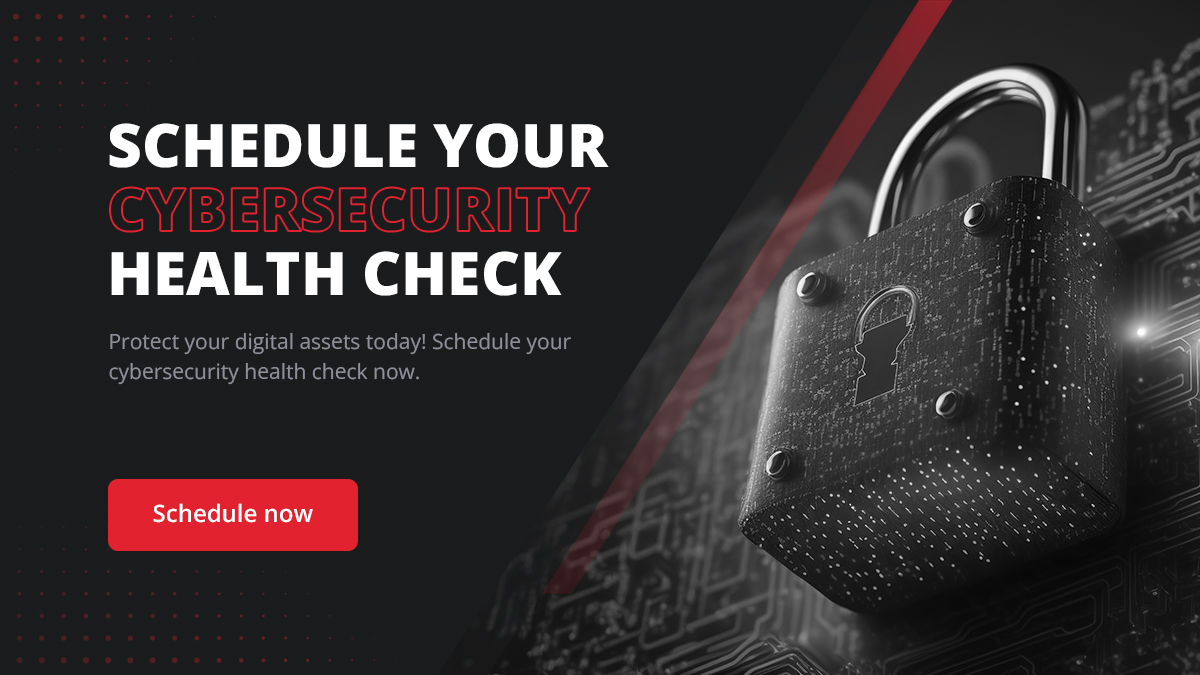
Impact of a Security Breach
The impact of a security breach can be severe, encompassing financial loss, reputational damage, and legal repercussions. Financially, businesses may incur costs from repairing the breach and facing potential fines. Reputation-wise, a breach can erode customer trust, leading to lost business and a tarnished brand image. Legally, companies might face lawsuits or penalties, especially if the breach contravenes data protection regulations. Additionally, breaches can disrupt operations and lower employee morale, further affecting business productivity and growth. Therefore, effectively managing and preventing security breaches is critical for maintaining the health and reputation of a business.
Security Breach vs. Data Breach: What's the Difference?
A security breach is a broader term that refers to any unauthorized access to a company's systems or data. This could include various scenarios like a hacker penetrating a network or malware infecting a computer. In contrast, a data breach is a specific type of security breach that involves the theft or exposure of confidential information, such as customer personal details or sensitive company data. While every data breach is a security breach, not all security breaches result in data being stolen or exposed. Data breaches typically carry more severe consequences, especially if the compromised information is protected by privacy laws, affecting individuals' privacy and data security.
Examples of Security Breaches
LastPass:
The incident at LastPass involved unauthorized access to its password management systems, potentially exposing users' stored passwords and personal information. This breach highlighted the vulnerabilities even in tools designed for security, emphasizing the need for robust protection measures and regular updates in security systems.
Yahoo:
Yahoo experienced a massive data breach that compromised the accounts of millions of users, including their personal details and login credentials. This breach, one of the largest in history, not only had severe privacy implications for its users but also led to significant legal and financial repercussions for the company.
Uber:
The breach at Uber resulted in unauthorized access to the personal data of both drivers and customers, including names, email addresses, and phone numbers. This breach not only raised concerns about user privacy and data security but also brought to light the importance of transparent incident reporting, as Uber initially tried to conceal the breach.
Facebook:
Facebook faced incidents where the personal data of millions of users was exposed without their consent. This not only included basic information but also, in some cases, users’ private messages and activity details. The breach raised serious questions about data privacy and security practices in large social media platforms, leading to increased scrutiny and regulatory pressure.
What to Do If You Experience a Data Breach
If you experience a data breach, it's important to quickly determine how extensive it was and what information was compromised. Immediately notify anyone affected, including customers and employees, and inform relevant authorities if necessary. Then, focus on strengthening your security by updating software, changing passwords, and reviewing cybersecurity policies. Consulting with cybersecurity experts can also help analyze the breach and reinforce your system's defenses. Continuous monitoring for unusual activity after the breach is crucial to prevent further issues. Prompt action and clear communication are key to managing the situation effectively and regaining trust.
How To Protect Your Business Against a Security Breach
Step 1: Assess and Get all Fundamentals Organized

From RedZone’s perspective these are the foundation fundamentals from our pyramid

Step 1: Get a Password Manager or Implement PAM Privileged Access to Management
Using a password manager helps create and store complex, unique passwords for different accounts, greatly reducing the risk of password-related breaches. These tools also often include features like password generation and automatic updates, making password management more efficient and secure.
Step 2: Subscribe to a Dark Web Scanner Service
A dark web scanner monitors the dark web for any signs of your company's sensitive data being sold or shared. This proactive approach can alert you to breaches you may not yet be aware of, enabling quicker response to potential threats.
Step 3: Close Accounts You No Longer Use
Shutting down unused accounts eliminates entry points that hackers could exploit. This step is crucial in reducing the digital footprint and attack surface of your business, making it harder for attackers to find vulnerable points of entry.
Step 4: Backup Your Files
Regularly backing up files ensures that, in the event of a breach or data loss, you have up-to-date copies of your important data. This practice is vital for recovery after cyber-attacks, natural disasters, or hardware failures. Yes this does also mean you should back up Microsoft Office/ M365 and Google Workspace.
Step 5: Use Secure Websites
Ensuring that your company uses and interacts with HTTPS-protected websites guarantees that data sent and received is encrypted. This step is fundamental in protecting sensitive information during online transactions and communications.
Step 6: Be Cautious of Where Employees Click
Training employees to be wary of suspicious links and unverified attachments is key in preventing malware infections and phishing attacks. Regularly updating them about new cyber threats can cultivate a more security-conscious workforce.
Step 7: Stay Informed
Staying informed about the latest cybersecurity trends and threats allows your business to adapt and update its security measures proactively. Regularly reviewing and updating your cybersecurity strategies in line with current trends can help keep your defenses strong against evolving cyber threats.

The Role of Leadership in Handling Security Breaches
Developing a Security-Minded Culture
Developing a security-minded culture requires leaders to weave security principles into the fabric of the company's core values, ensuring it becomes an integral part of every business operation and decision-making process. This approach promotes a continuous awareness and understanding of security risks among employees at all levels, fostering a proactive stance towards cybersecurity. By prioritizing security as a fundamental aspect, companies can cultivate an environment where every team member is vigilant and equipped to contribute to the organization's overall protection.
Executive Response to Breaches
An effective executive response to breaches goes beyond merely addressing the immediate issue; it involves a comprehensive analysis of the incident to identify and rectify underlying vulnerabilities, thereby preventing future occurrences. Leadership should communicate transparently with stakeholders about the breach and the steps being taken to mitigate its effects, reinforcing trust and confidence. Additionally, this response strategy should include lessons learned from the incident, ensuring that the organization continuously evolves its security measures to counter emerging cyber threats.
Legal and Compliance Aspects of Security Breaches
Understanding Regulatory Requirements
Leaders must prioritize their organization's adherence to the ever-changing landscape of cybersecurity regulations and standards to sidestep potential legal entanglements. This involves staying informed about new laws and modifying company policies and practices accordingly to maintain compliance. By doing so, they not only protect the organization from legal risks but also reinforce its commitment to safeguarding customer and company data, building trust and credibility in the process.
Legal Ramifications of Breaches
Grasping the legal ramifications of cybersecurity breaches is essential for leaders to comprehend the importance of investing in advanced cybersecurity defenses. Such breaches can lead to significant legal penalties, financial losses, and damage to the organization's reputation. Understanding these consequences motivates leaders to allocate the necessary resources towards strengthening their cybersecurity infrastructure and protocols, thus mitigating the risk of future breaches and their associated legal and financial fallout.

Advanced Security Measures for Breach Prevention
AI and Machine Learning in Threat Detection
Integrating Artificial Intelligence (AI) and Machine Learning (ML) into threat detection significantly enhances the ability to quickly identify sophisticated cyber threats, leveraging vast datasets to detect subtle anomalies. These technologies automate and continuously improve the detection process, enabling a more efficient and adaptive cybersecurity posture. This pivotal advancement ensures organizations are better equipped to navigate the evolving landscape of cyber threats.
Implementing Advanced Endpoint Security Solutions
Implementing advanced endpoint security solutions is essential for safeguarding the myriad of devices that connect to a company's network, serving as vital defense mechanisms against cyber attackers. These solutions employ sophisticated techniques to monitor, detect, and respond to threats in real-time, effectively sealing off potential entry points for malicious activities. By fortifying the endpoints, organizations can ensure a higher level of security across their digital infrastructure, making it significantly harder for cyber threats to penetrate and compromise sensitive data.
Training and Awareness
Employee Training Programs
Continual cybersecurity training programs are crucial for ensuring that employees remain informed about the latest cyber threats and comprehend their critical role in protecting company data. These programs equip staff with the knowledge and tools necessary to identify and prevent potential security breaches, fostering a culture of vigilance and responsibility across the organization. By regularly updating and participating in these training initiatives, employees become an active part of the company's cybersecurity defense, significantly enhancing the overall security posture.
Creating a Culture of Security Awareness
Creating a culture of security awareness involves consistently emphasizing cybersecurity's importance and promoting vigilant behavior across all staff levels. Through regular updates on threats and protective practices, this culture ensures everyone understands their role in safeguarding company data. This approach transforms every employee into a proactive defender against cyber threats, enhancing the organization's overall security posture.
Cybersecurity Insurance

What Is Cybersecurity Insurance?
Cybersecurity insurance acts as a critical safety net for businesses, offering financial protection against the repercussions of cyber incidents such as data breaches or ransomware attacks. This type of insurance covers the costs associated with recovery efforts, legal fees, and any damages awarded to affected parties, ensuring that a company can swiftly return to normal operations. By investing in cybersecurity insurance, organizations take a proactive stance in managing cyber risks, thereby minimizing the financial strain and reputational damage that can result from such security breaches.
How It Can Protect Your Business
This insurance is critical in mitigating the financial strain that follows a cybersecurity incident, aiding in recovery and business continuity.
Conclusion
At RedZone Technologies, we know that keeping your business safe online is a big deal. It's not just about putting up strong security walls; it's also about making sure everyone knows what to watch out for and what to do if something goes wrong. We're here to help with all of that. Our team is ready to stand by your side, offering the kind of expert advice and support that can only come from years of experience. If you're looking to boost your cybersecurity and keep those digital threats at bay, come talk to us at RedZone Technologies. We make protecting your business our business, in the simplest way possible.
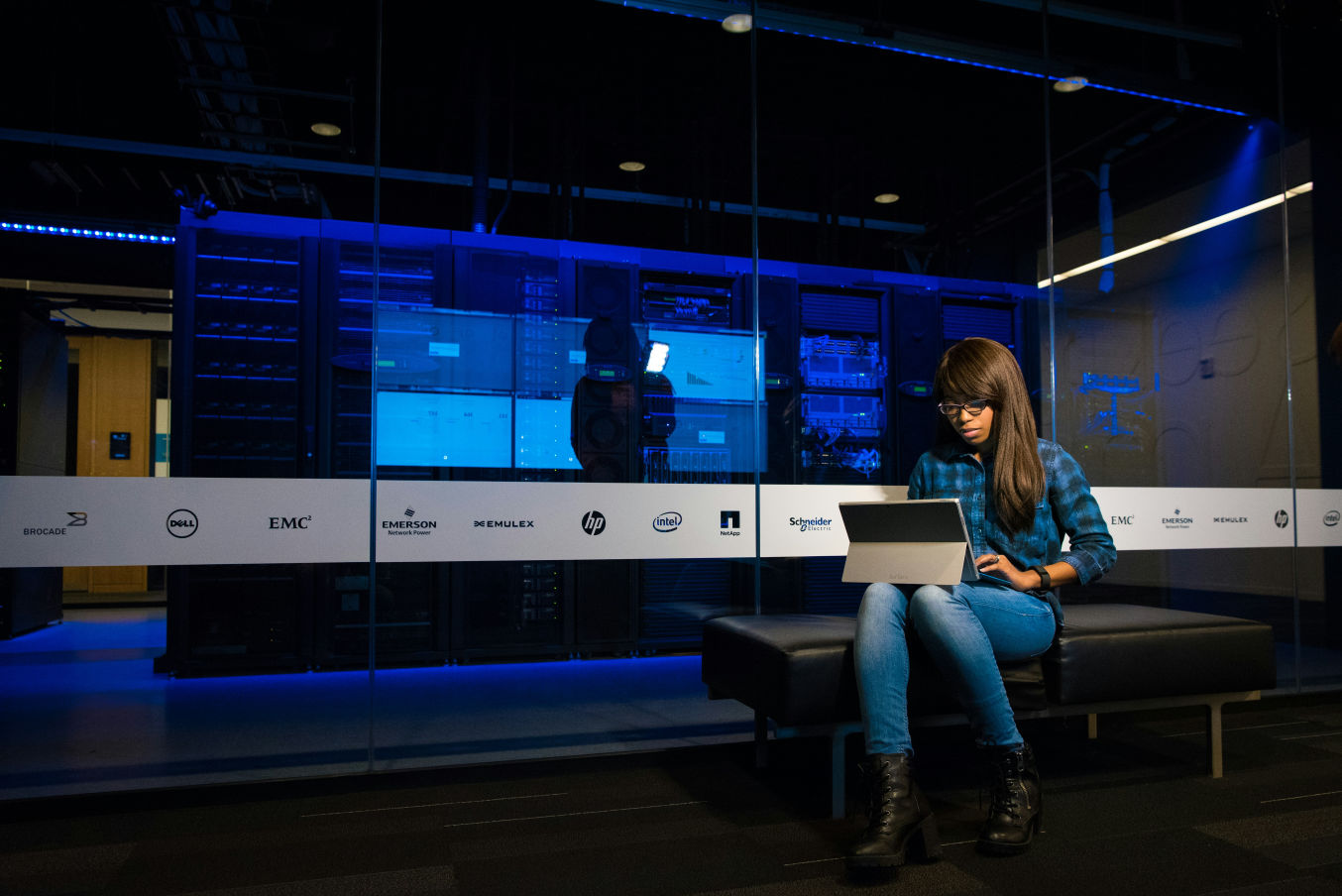 Security Updates
Security UpdatesUnderstanding IT Compliance: Scope, Benefits, and Challenges
Discover what IT compliance is, its importance, benefits, risks of non-compliance, frameworks, and how to achieve robust IT compliance in your organization.
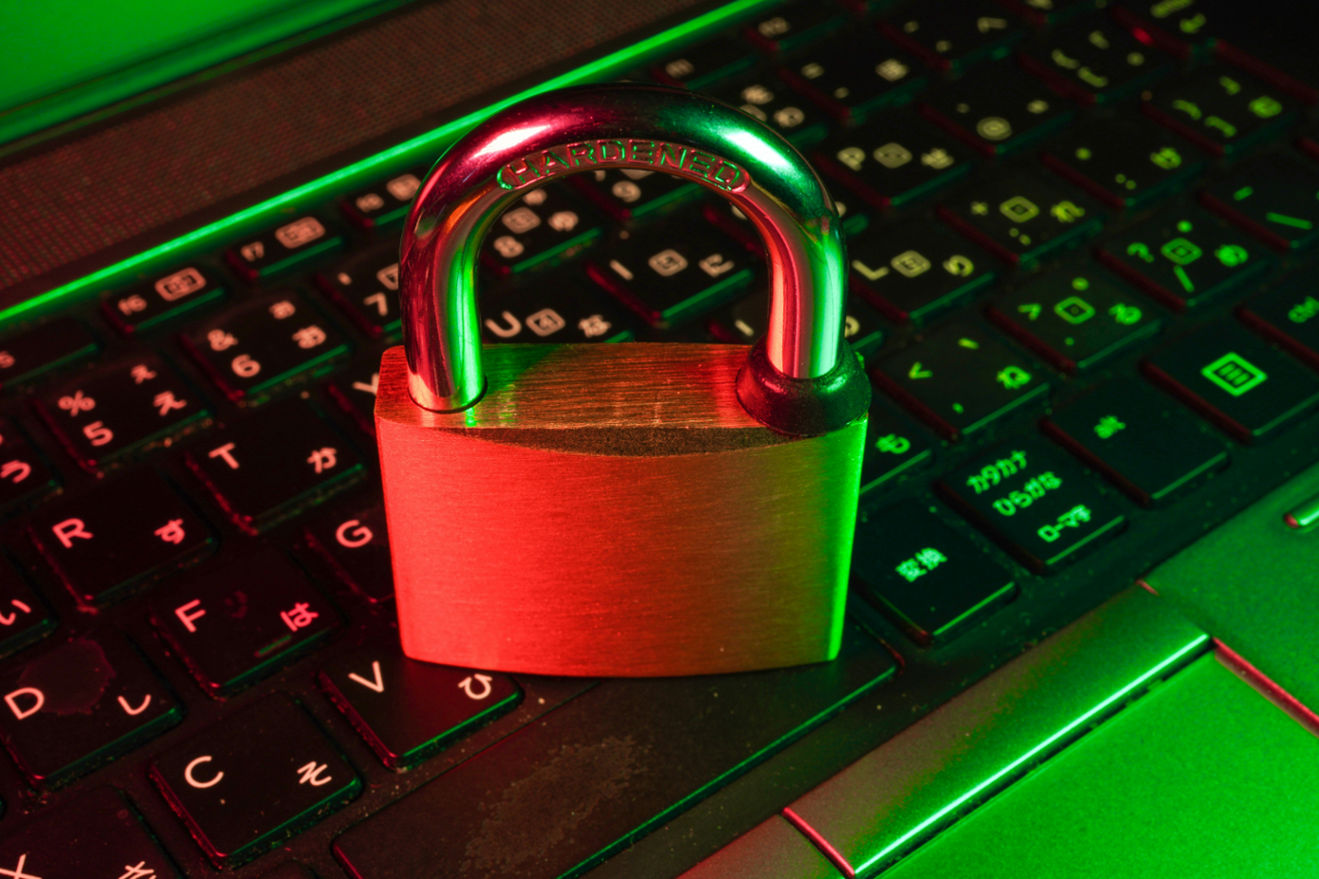 Security Updates
Security UpdatesImplement Secure Browsing with Powerful SSL Decryption
Explore the essentials of SSL decryption, its importance, challenges, and best practices for enhancing security and compliance for business in a detailed guide
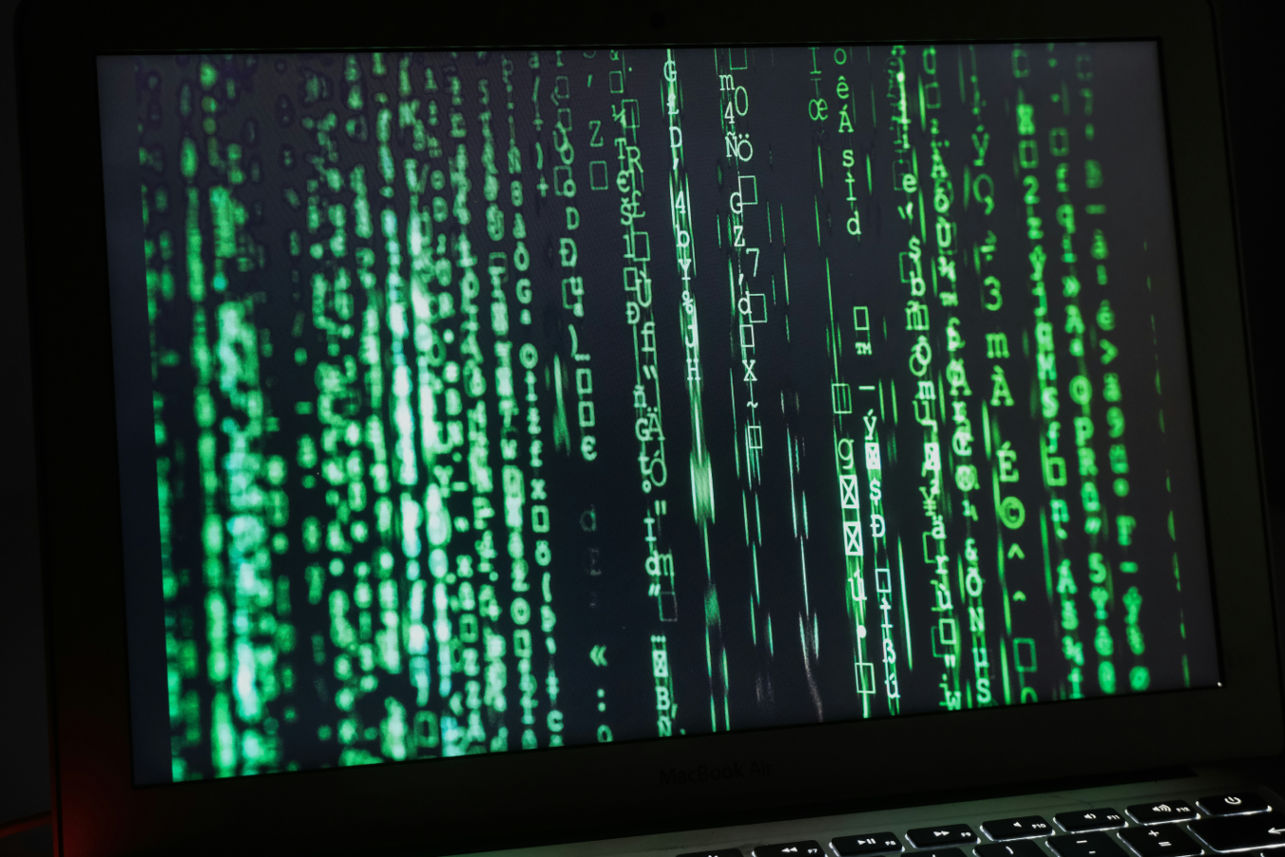 Security Updates
Security UpdatesTransitioning from Proxy Firewalls to Endpoint Security
Explore the evolution from proxy firewalls to endpoint security, enhanced threat detection, data encryption, and comprehensive protection for modern networks.
 Security Updates
Security UpdatesExpert IT Risk Assessment: Protect Your Business Today!
Mitigate potential IT threats with our comprehensive risk assessment guide, ensuring your digital infrastructure. Ensure your business is secure an...
 Security Updates
Security UpdatesEssential Guide to Best Practices in Compliance Security
Explore essential strategies for compliance security in this comprehensive guide. Learn about safeguarding your business and meeting regulatory sta...
 Security Updates
Security UpdatesSecure Your Data with Expert Cloud Database Solutions
Learn efficient solutions and secure your cloud databases with encryption and compliance features, ensuring data safety and privacy across all plat...
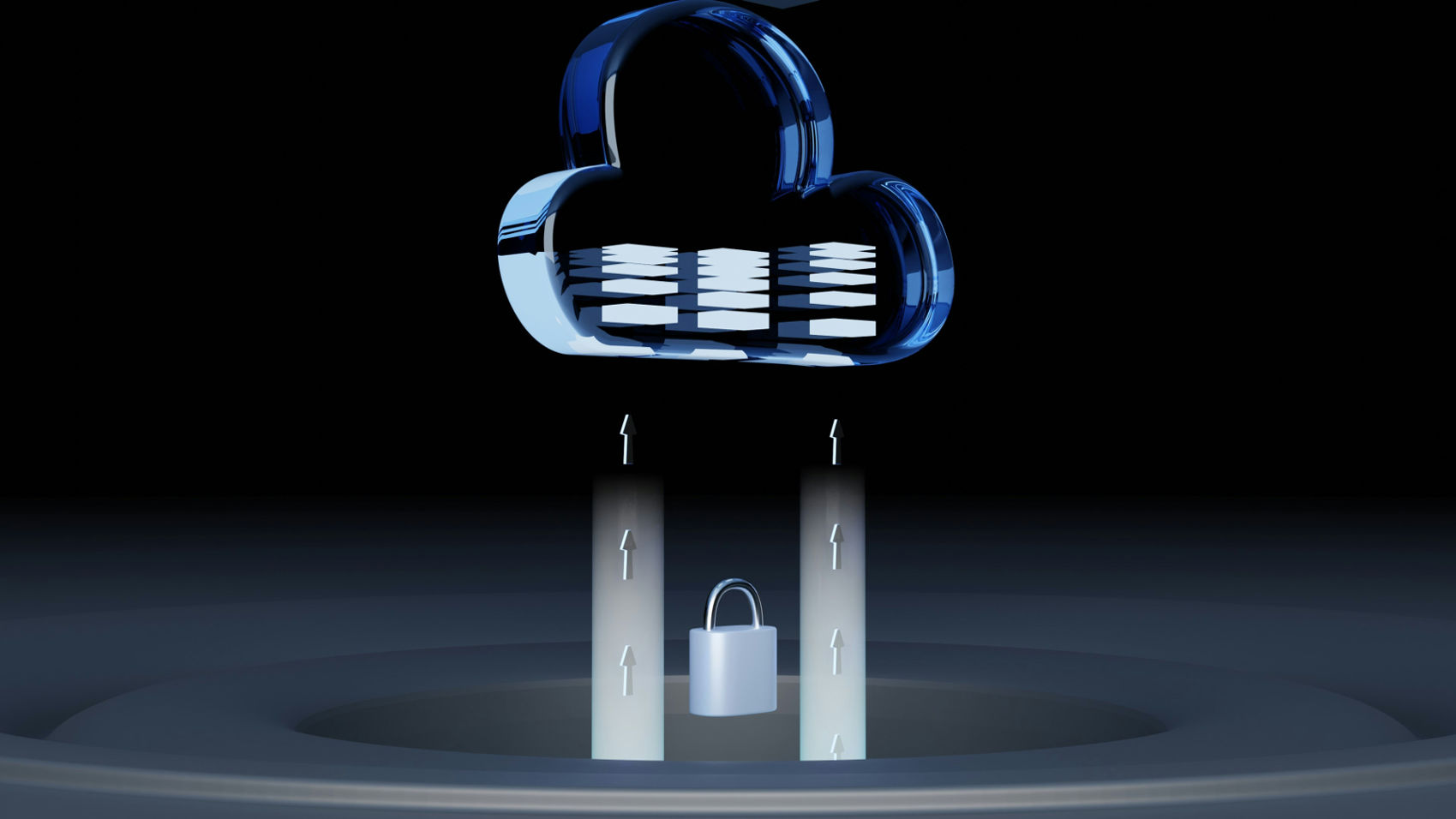 Security Updates
Security UpdatesA Guide to Cloud Network Technology: Benefits and Types
Unlock the potential of cloud network technology for seamless connectivity. Learn and scale solutions that drive business innovation and growth via...
 Security Updates
Security UpdatesAffordable Managed IT Services for Small Businesses
Explore top-managed IT services for small businesses to boost efficiency and security. Get expert insights and practical tips to optimize your IT o...
 Security Updates
Security UpdatesSecure Your Network with Gateway Security Solutions
Explore the essentials of gateway security: learn about its importance for network protection and best practices to safeguard your digital assets e...
 Security Updates
Security UpdatesDisaster Recovery Testing: Ensure Business Continuity
Explore effective disaster recovery testing strategies in this guide to maintain business continuity, prevent data loss, and minimize downtime duri...
 Security Updates
Security UpdatesMaximizing Security: Vulnerability Management Lifecycle
Explore the complete guide to the Vulnerability Management Lifecycle to boost your cyber resilience and secure your business IT infrastructure effe...
 Security Updates
Security UpdatesYour Network with Endpoint Security Management
Explore our comprehensive guide on Endpoint Security Management to understand its importance, how it works, and best practices for robust network s...
 Security Updates
Security UpdatesEnsuring Security Compliance: Tips, Insights & Strategies
Discover the essentials of security compliance, its importance, frameworks, and tools. Learn how to protect data and meet regulatory standards effe...
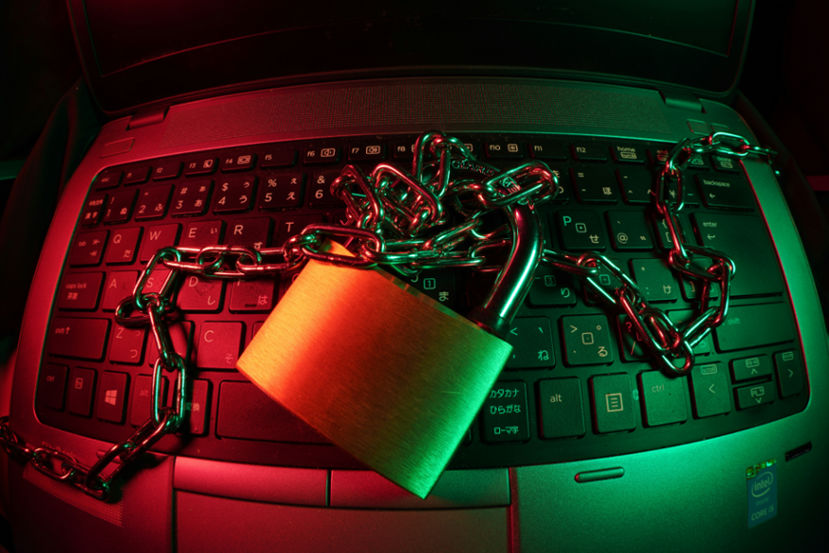 Security Updates
Security UpdatesBoost Your Security with Internal Penetration Testing
Dive into internal penetration testing with our in-depth guide. Learn the essentials, techniques, and best practices to fortify your cybersecurity ...
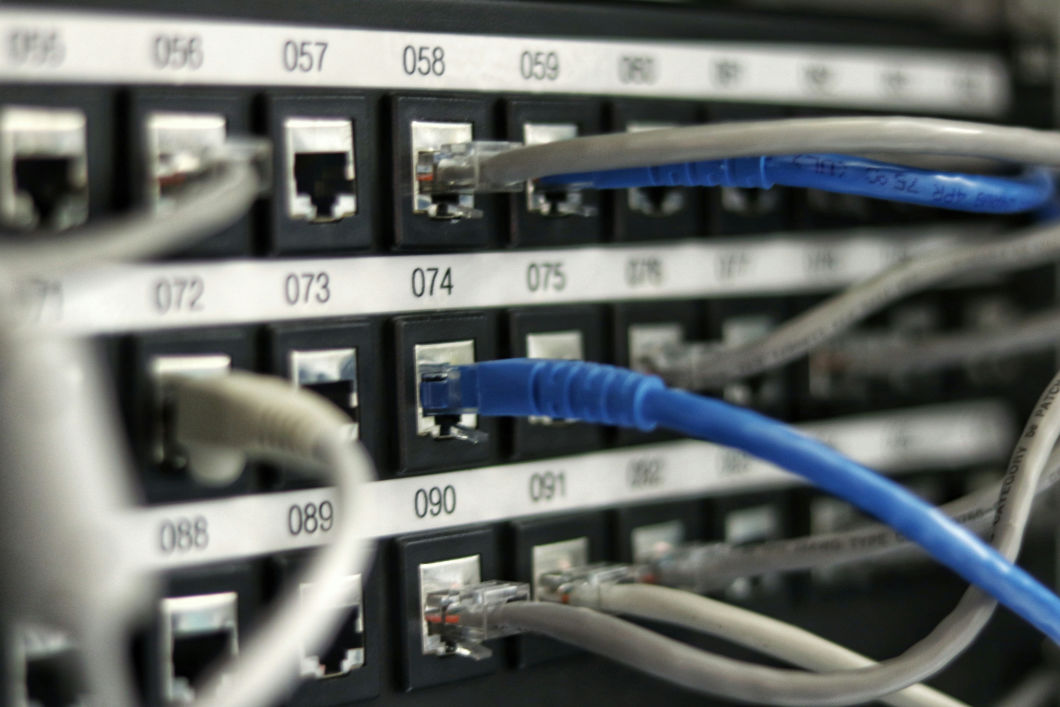 Security Updates
Security UpdatesEgress vs Ingress: A Guide to Data Traffic Management
Understand Egress vs Ingress in data management. Learn and explore their roles, traffic analysis, risks, and best practices for network and cloud s...
 Security Updates
Security UpdatesPrevent Credential Harvesting to Protect Your Precious Data
Understand credential harvesting. Learn how it works, common techniques, its impact, and strategies to prevent and mitigate attacks to secure your ...
 Security Updates
Security UpdatesSecure Your Big Data: Top Solutions for Data Security
Protect your valuable data with our robust big data security solutions. Learn about the threats and Safeguard against cyber threats and ensure comp...
 Security Updates
Security UpdatesSecure Your Network with Advanced Management Solutions
Explore the details of comprehensive network security management: Learn key strategies, best practices, and tools to safeguard your digital environ...
 Security Updates
Security UpdatesGuide to On-Path Attacks: Protecting Your Cybersecurity
Learn about on-path attacks in this comprehensive guide, exploring definitions, types, consequences, and key prevention strategies to safeguard you...
 Security Updates
Security UpdatesExploring Managed Cloud Services: A Comprehensive Guide
Dive into the Managed Cloud Services with our in-depth guide. Explore benefits, types, and best practices to enhance your business's cloud strategy...
 Security Updates
Security UpdatesComprehensive Guide to Ubiquitous Computing: Impact & Future
Explore the details of ubiquitous computing, from its core concepts and layers to its societal impact, key technologies, applications, and future p...
 Security Updates
Security UpdatesClone Phishing Explained: Detection and Prevention Guide
Discover how clone phishing works and its impact. Learn effective strategies to identify, prevent, and respond to these sophisticated email threats...
 Security Updates
Security UpdatesHow to Secure Your Business with Cyber Security Insurance
Explore the essentials of Cyber Security Insurance, covering its importance, types of coverage, benefits, and considerations for businesses in the ...
 Security Updates
Security UpdatesEfficient Data Spooling Solutions For Streamlined Operation
Learn How To Efficiently Manage And Store Your Data With Our Reliable Data Spooling Services. Keep Your Information Organized And Accessible With T...
 Security Updates
Security UpdatesMaximizing Compliance & Risk Management: Expert Strategies
Learn how to ensure business success with effective compliance and risk management strategies. Explore definitions, differences, frameworks, and ch...
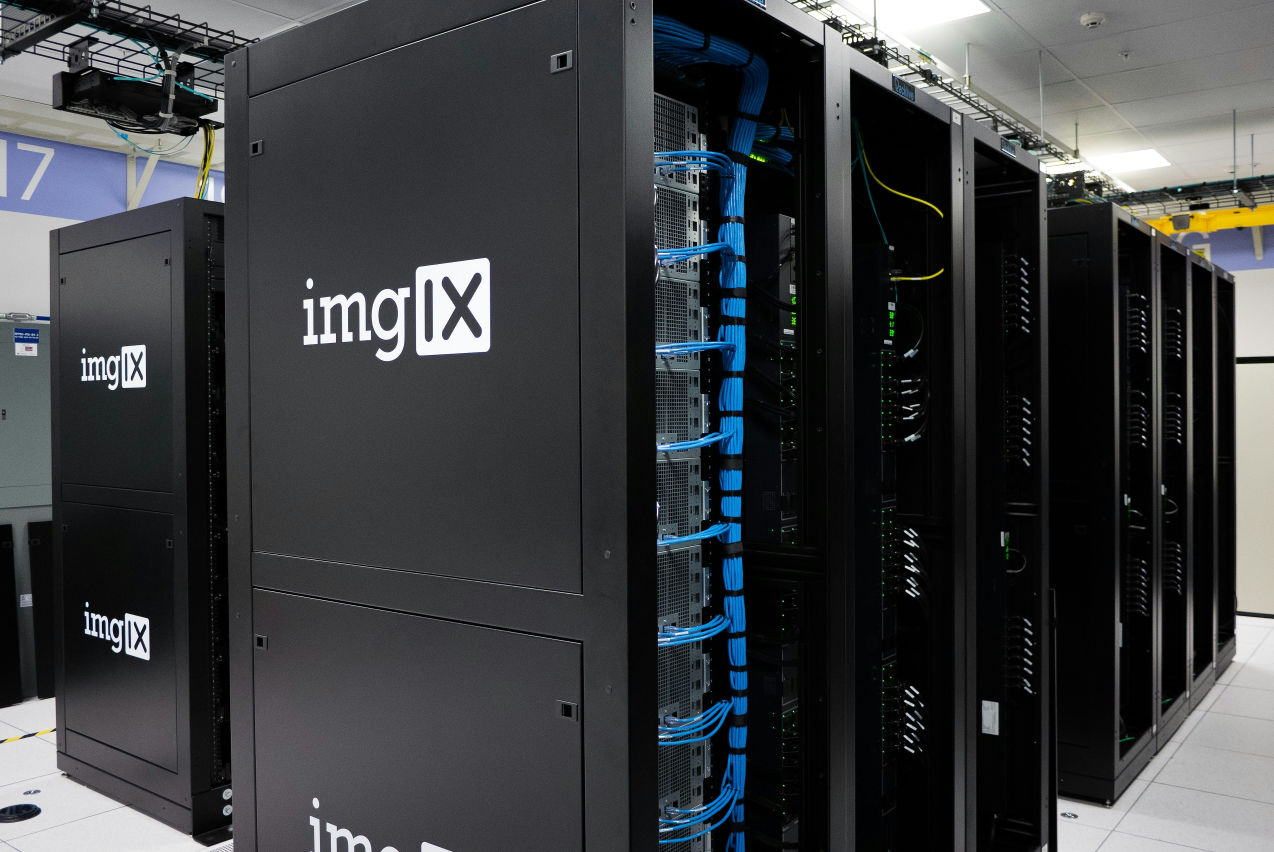 Security Updates
Security UpdatesUnderstanding MDF vs IDF: Key Differences & Benefits
Explore the crucial differences and examples between MDF and IDF in networking, understanding their roles, functions, and impact on network infrast...
 Security Updates
Security UpdatesRedZone Wins CRN's Top Security 100 & MSP 500 Awards 2024
RedZone Technologies earns CRN's Security 100 & MSP 500 Awards, affirming its leadership and innovative approach in the cybersecurity and IT manage...
 Security Updates
Security UpdatesJames Crifasi Speaks on Cybersecurity at Tech Conference
Join James Crifasi, CTO & COO of RedZone Technologies, at the Tech Conference as he explores cybersecurity's role in driving business growth and ad...
 Security Updates
Security UpdatesRedZone's James Crifasi Wins SonicWall's Technical Hero Award
CTO James Crifasi of RedZone Technologies earns SonicWall's Technical Hero of the Year, exemplifying unparalleled dedication to cybersecurity and I...
 Security Updates
Security UpdatesHow to Encrypt Email in Outlook
Learn how to encrypt email in Outlook with our step-by-step guide. Secure your messages using S/MIME, Office 365 Encryption OME, and add-ins for pr...
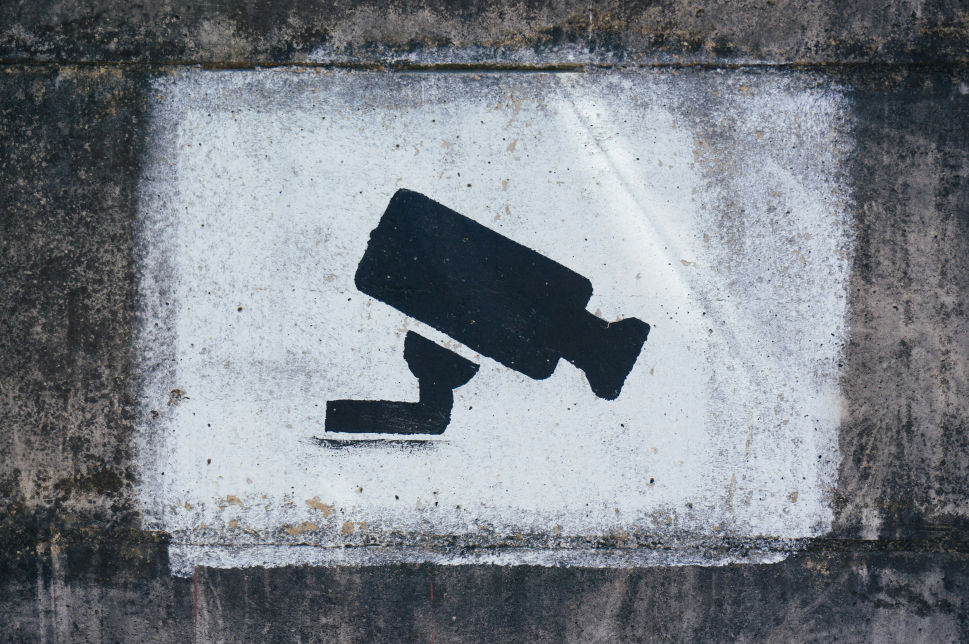 Security Updates
Security UpdatesWhat Is Security Monitoring? Importance and Tools
Explore the importance of security monitoring, its key roles, types, and how it protects organizations against threats, ensuring compliance and pro...
 Security Updates
Security UpdatesServer 2012 R2 End of Life: Implications and Next Steps
Learn about Server 2012 R2 end of life: Understand its impact, key dates, risks post-EOL, and explore upgrade options and migration strategies for ...
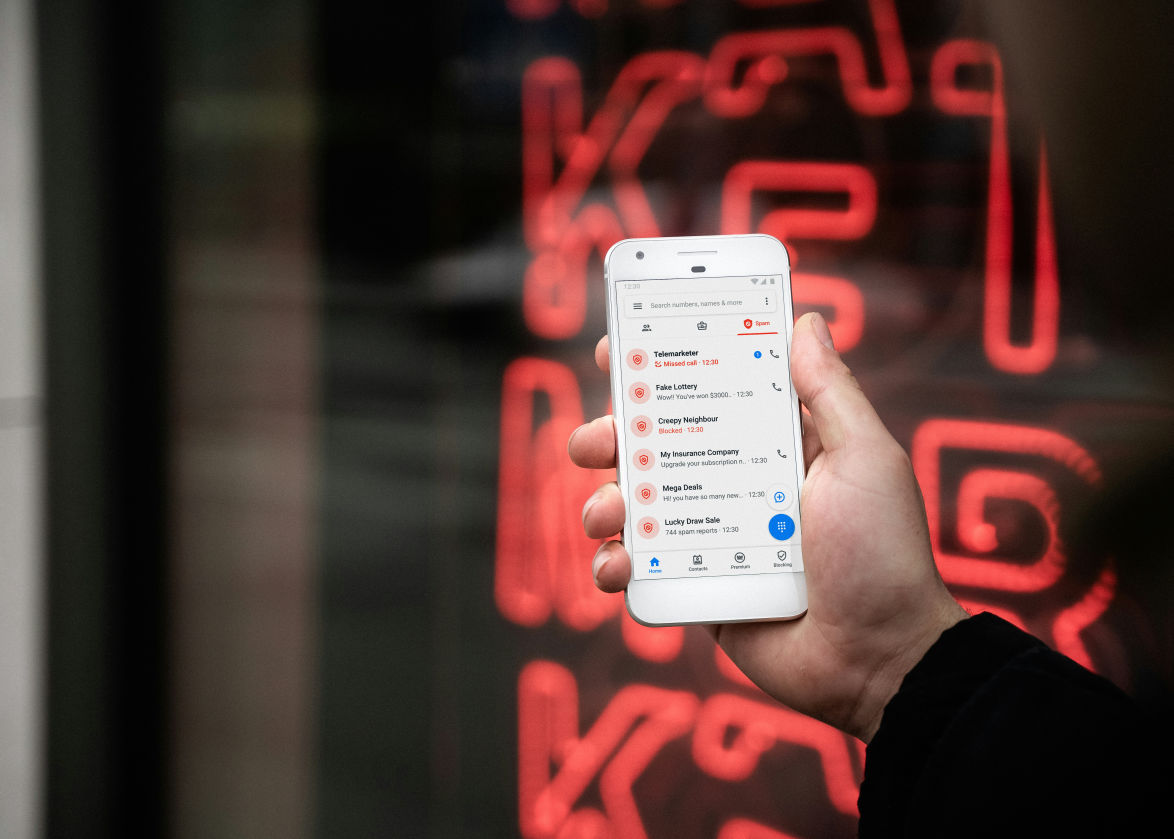 Security Updates
Security UpdatesProtect Personal Data: Smishing and Phishing Prevention
Know how to identify and protect against smishing and phishing attacks. Learn the techniques, types, and preventive measures for personal and busin...
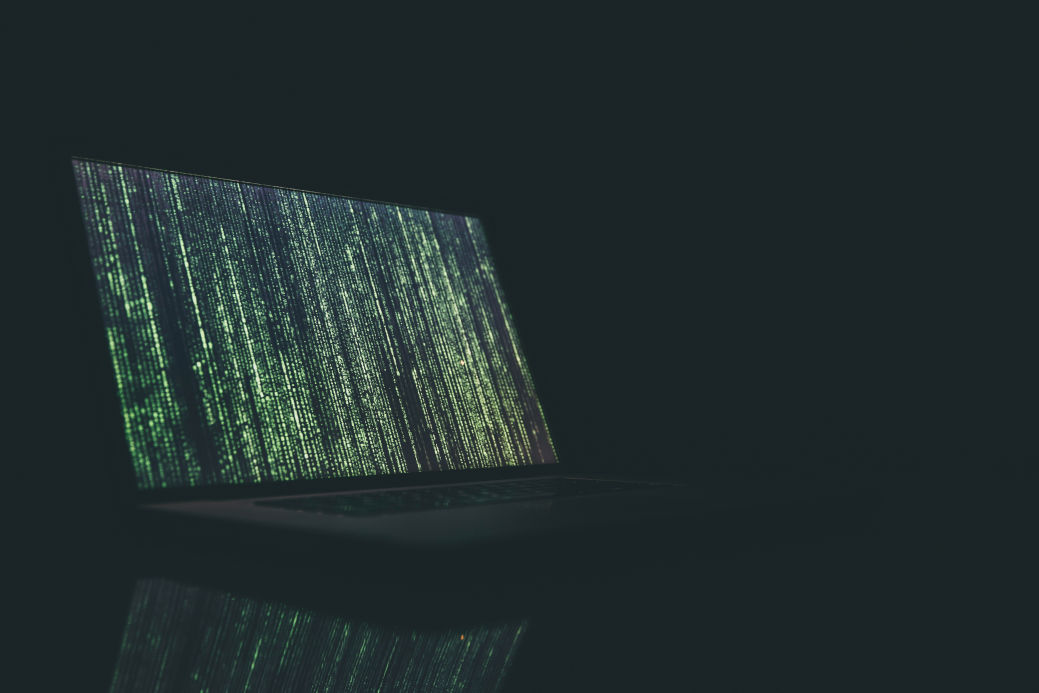 Security Updates
Security UpdatesSmurf Attack Guide: Prevention & Detection Strategies
Explore prevention & recovery from Smurf Attacks: Understand DDoS defense, detection signs, and secure network practices in our detailed cybersecur...
 Security Updates
Security UpdatesWhat is a Bad USB Attack, and How Do You Prevent It?
Learn about Bad USB attacks, their various forms, and strategies for safeguarding devices. Learn how to mitigate risks with effective prevention te...
 Security Updates
Security UpdatesKey Differences Between DOS Attack vs DDOS Attack
Explore the key differences between DDoS vs DoS attacks, their types, impacts, and prevention strategies in our comprehensive guide to enhance cybe...
 Security Updates
Security UpdatesUnderstanding the Impact of a Ping of Death Attack
Explore the ins and outs of Ping of Death attacks. Understand how they work, their impact on networks, and strategies to prevent them to keep your ...
 Security Updates
Security UpdatesThe Power of the Human Firewall: Your First Line of Defense
Discover the critical role of the human firewall in cybersecurity, combining employee vigilance with technology to protect against cyber threats ef...
 Security Updates
Security UpdatesStateful Firewall vs. Stateless Firewalls: What's the Difference?
Learn the key differences between stateful and stateless firewalls and how they protect your network. Discover the right choice for your security n...
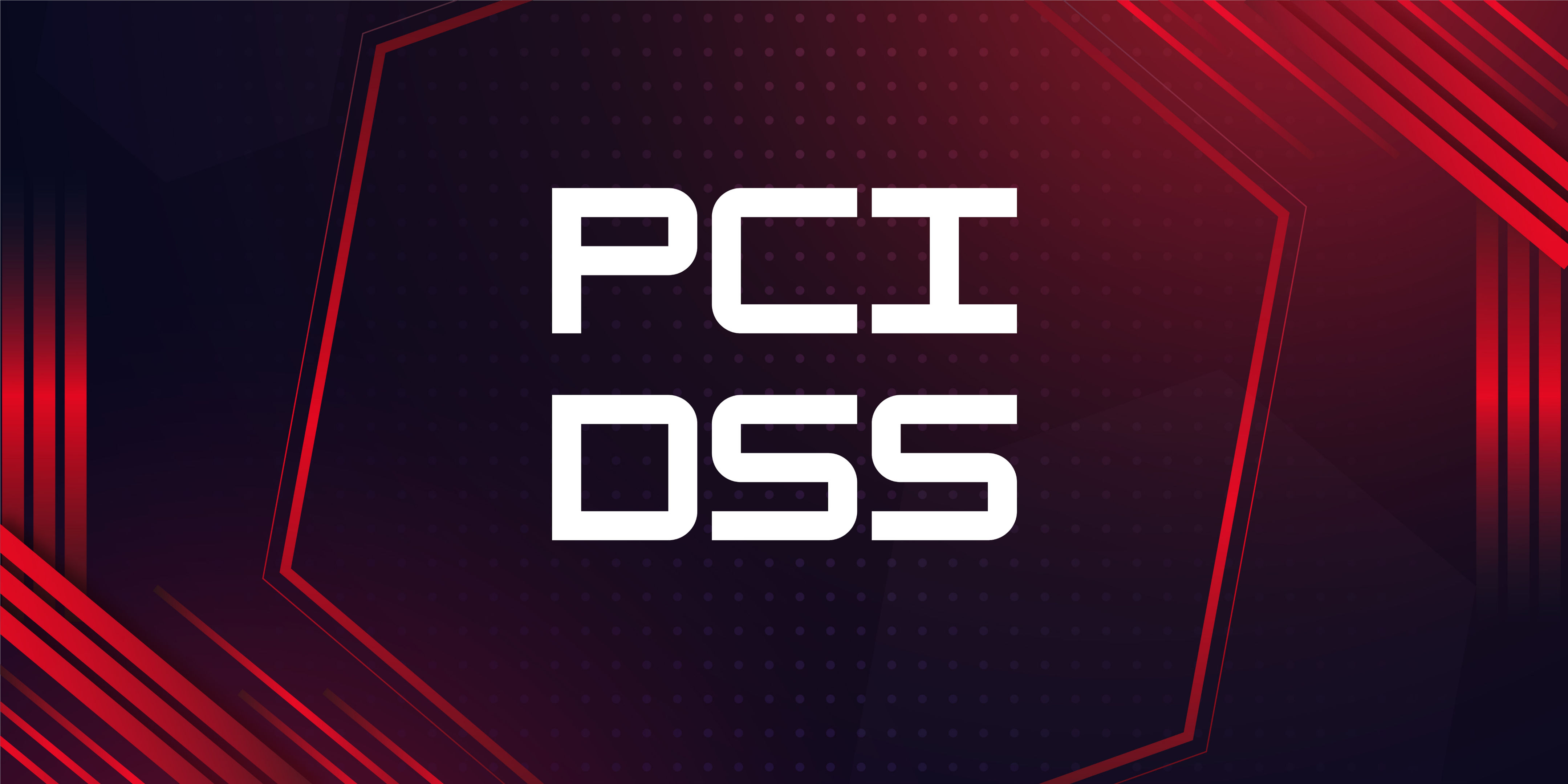 Security Updates
Security UpdatesUnderstanding the 4 Levels of PCI Compliance
Explore PCI DSS Compliance with RedZone: Key steps to protect card data and ensure secure transactions. Learn about compliance levels and tips for ...
 Security Updates
Security UpdatesWhat Is a Security Breach and How to Prevent Them
Learn how to effectively guard your business against security breaches with RedZone Technologies. Discover simple steps to keep your data safe and ...
 Security Updates
Security UpdatesUnderstanding Tailgating in Cybersecurity
Understand tailgating attacks in cybersecurity: what they are, how they work, and effective strategies for prevention to keep your business...
 Security Updates
Security UpdatesWhat is a Managed Service Provider and Its Benefits
Explore the role of Managed Service Providers (MSPs) in enhancing IT efficiency and cybersecurity for businesses, covering benefits, servi...
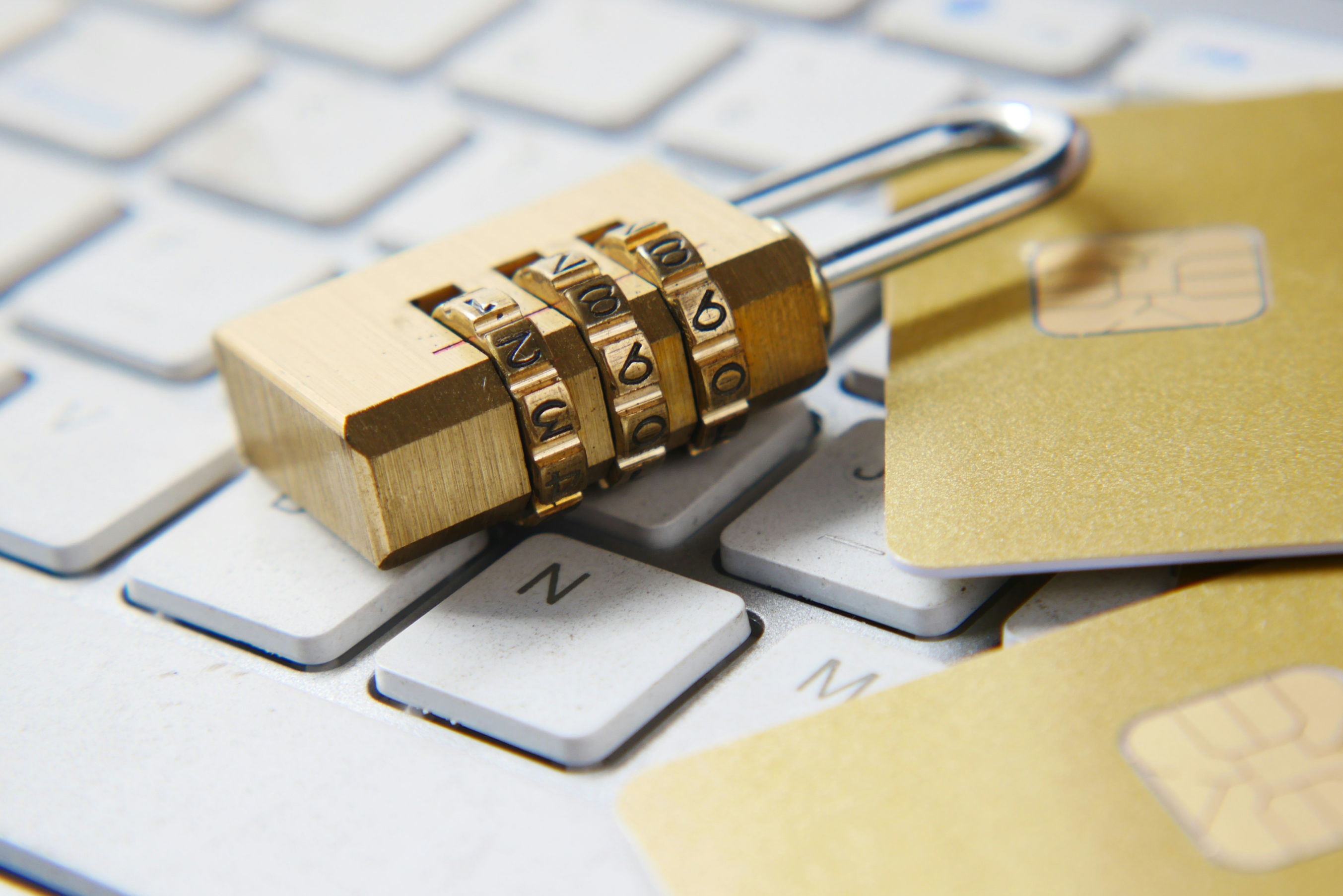 Security Updates
Security UpdatesBreach Prevention: 5 Best Practices to Protect Your Data
Learn about data breaches: what they are, their impact, and how to prevent them. Explore best practices for securing your business against cyber th...






